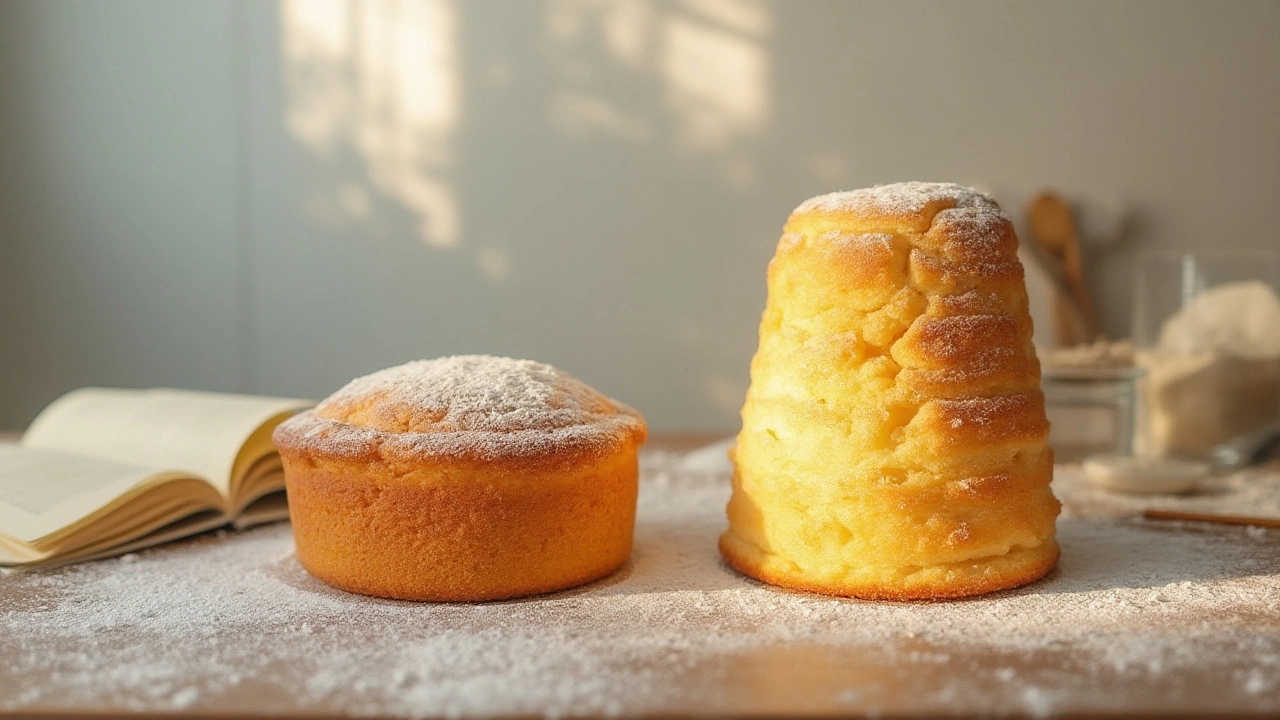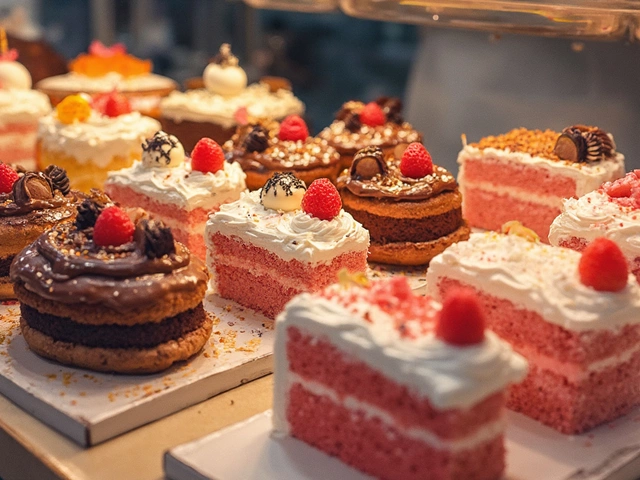Dense Baking Tips: Keep Your Desserts Moist and Rich
If you’ve ever pulled a brownie out of the oven and found a dry, crumbly mess, you’re not alone. Dense baking can feel like a mystery, but the truth is it’s mostly about a few easy habits. Below you’ll find the most common culprits and proven fixes that work for brownies, cakes, fudge, and even gluten‑free treats.
Why Desserts Turn Out Too Dense
First, let’s clear up the myth that “dense” always means “bad.” A dense, fudgy brownie or a rich chocolate cake can be heavenly—when the texture is right. Too much density usually comes from one of three things:
- Over‑mixing. When you beat the batter for too long, gluten develops and makes the crumb tighter.
- Too much flour or leavening. Adding extra flour to fix a thin batter actually packs the crumb tighter, and too much baking powder can create a sponge‑like texture that collapses.
- Improper temperature. Baking at too low a heat leaves moisture trapped, while too high a heat dries the exterior before the middle sets.
Knowing these basics lets you pinpoint the problem in any recipe.
Pro Tricks for Perfectly Dense Treats
1. Use the right sugar. For brownies and fudge, opt for a mix of granulated and brown sugar. The molasses in brown sugar adds moisture and helps create that fudgy melt.
2. Chill the batter. A short chill (15‑20 minutes) before baking lets the fat solidify, which slows down the spread and gives a tighter crumb. This works wonders for thick chocolate cakes.
3. Keep the oven door closed. Every time you open it, the temperature drops and the bake can become uneven, leading to a dry top and under‑cooked center.
4. Measure flour correctly. Spoon the flour into the measuring cup and level it off. Packing the cup adds up to 25% more flour, which is a recipe‑breaker for dense cakes.
5. Add a bit of fat. A tablespoon of butter, oil, or even cream cheese can make a big difference in texture. For gluten‑free cakes that tend to sink, extra fat stabilizes the batter.
6. Hit the soft‑ball stage for fudge. When cooking fudge, watch the temperature. The exact soft‑ball range (235‑245°F / 113‑118°C) ensures a smooth, non‑grainy finish. If you overshoot, the fudge will crack and become crumbly.
7. Use room‑temperature eggs. Cold eggs can cause the batter to seize, leading to a grainy texture in brownies and fudge. Let them sit out for 30 minutes before mixing.
Try these steps next time you bake a dense dessert, and you’ll notice the difference right away.
One quick test: after baking, press the center lightly with a fingertip. If it springs back slowly, you’ve got the perfect density. Too firm means it’s over‑baked; too soft indicates you need more heat or a longer bake.
Remember, dense baking isn’t a flaw—it’s a style. Mastering these tricks lets you create brownies that melt in your mouth, cakes that stay moist for days, and fudge that stays silky without a grainy surprise.
Got a specific recipe giving you trouble? Try tweaking just one of the tips above and see how it changes. Small adjustments often lead to big wins, and before long you’ll be the go‑to person for fudgy brownies and rich, dense cakes in your friend circle.

Why Are Gluten-Free Cakes So Dense? Common Problems and Helpful Solutions
Gluten-free cakes often end up heavy and dense. Learn why this happens, what science says, and get real-world tips for lighter, fluffier gluten-free bakes.
View More




